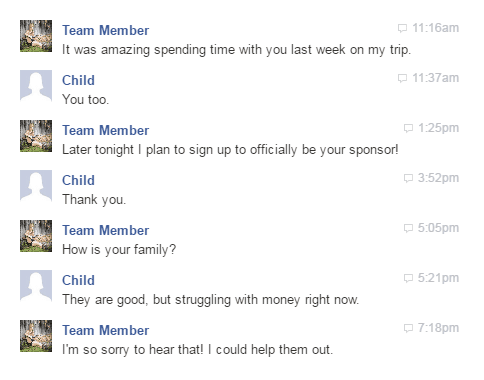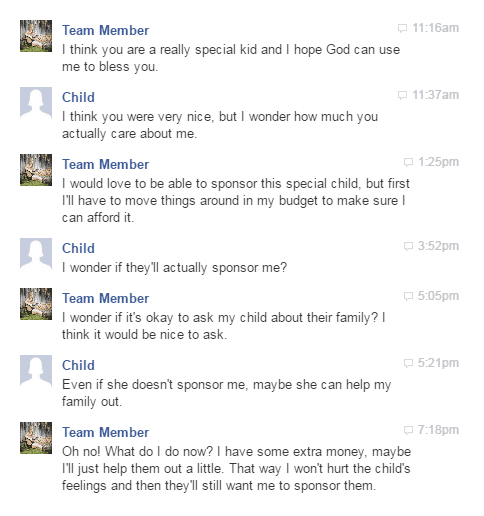
Berenice’s Letter
A special message from one of our sponsored children in Oaxaca, Mexico: Receive an affectionate greeting all of you. I would like to tell you a little bit about my life in Trigo y Miel Program. My name is Berenice Santiago Lugo. I have 5 siblings. Audre, Uriel, Joselyn, Dulce










